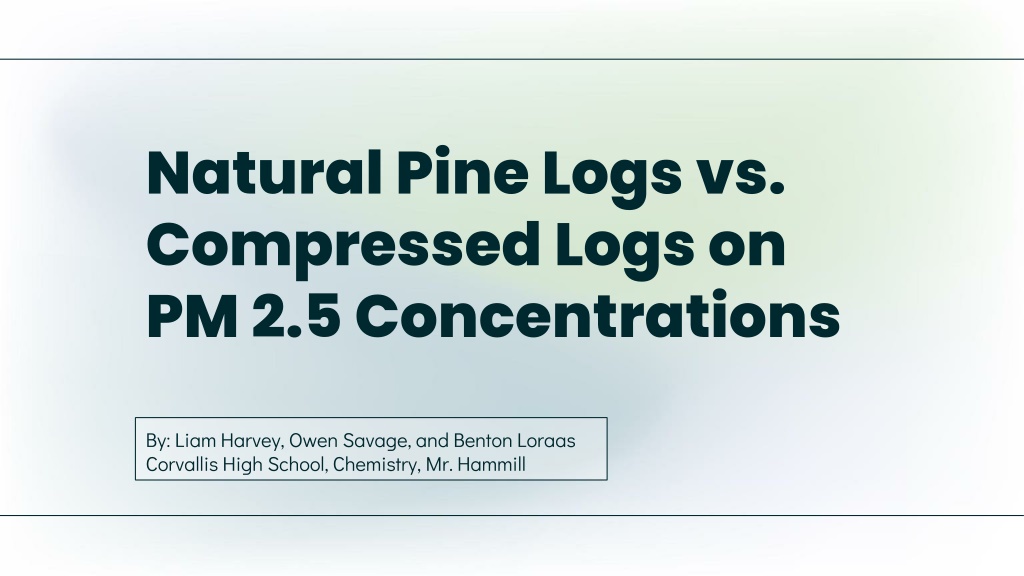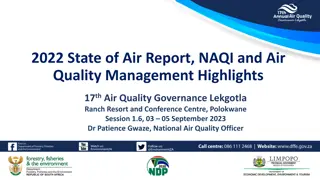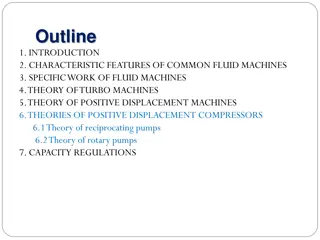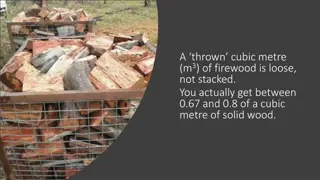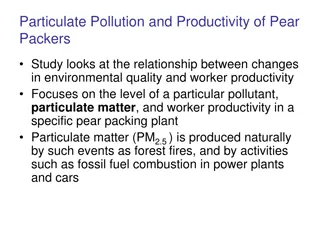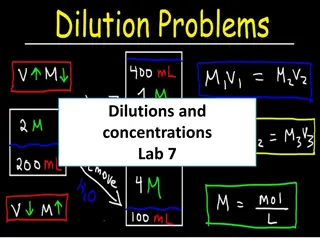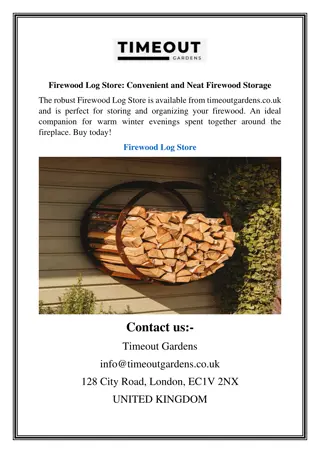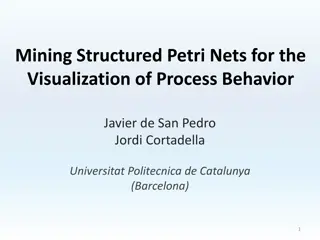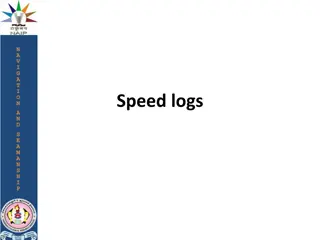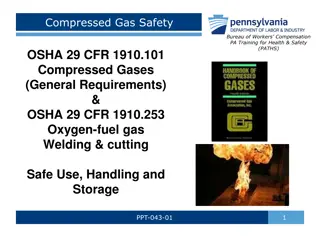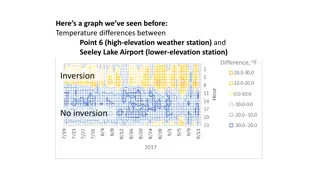Impact of Burning Firewood vs. Compressed Logs on PM2.5 Concentrations
Study comparing the effects of burning firewood and compressed logs on PM2.5 concentrations. Results show that compressed logs produce significantly lower particulate matter pollution. Recommendations include using compressed wood for reduced smoke emission. Various brands and types of compressed logs can be explored for improved air quality during burning. Further research is suggested to optimize wood-burning practices. Citations provided for additional reading.
Download Presentation

Please find below an Image/Link to download the presentation.
The content on the website is provided AS IS for your information and personal use only. It may not be sold, licensed, or shared on other websites without obtaining consent from the author. Download presentation by click this link. If you encounter any issues during the download, it is possible that the publisher has removed the file from their server.
E N D
Presentation Transcript
Natural Pine Logs vs. Compressed Logs on PM 2.5 Concentrations
Will burning firewood or compressed logs increase PM 2.5 concentration more?
Hypothesis If we burn compressed logs instead of real firewood, there should be a decrease in particulate matter concentrations.
Methods 1 2 3 4 5 Repeat the process Put out the Fire Measure Baseline Start the Fire Let it Burn
Results The Logs Start to Burn Overall Average Overall Average Concentration: Concentration: Firewood: 1704.09 Compressed Logs: 439.83
(Real Firewood) (Compressed Logs)
Conclusion Errors and Next Steps Errors: Errors: Next Steps: Next Steps: Firewood creates substantially more PM2.5 Concentration Choose compressed wood You can burn compressed wood for less smoke at a campfire Our hypothesis was correct Wind Control Brands of Wood Other types of compressed logs Trying different locations
Citations E.J.S. Mitchell, B. Gudka, C. Whittaker, I. Shield, A. Price-Allison, D. Maxwell, J.M. Jones, A. Williams, The use of agricultural residues, wood briquettes and logs for small-scale domestic heating, Fuel Processing Technology, Volume 210, 2020, Retrieved May 10, 2024, from https://www.sciencedirect.com/science/article/pii/S0378382020308432 Donnell, R. (2022). Pres-To-Logs Has History Of Its Own. Timber Processing. Retrieved May 10, 2024, from https://www.timberprocessing.com/pres-to-logs-has-history-of-its-own/ Julie Schobing, Axel Meyer, Gontrand Leyssens, Nabila Zouaoui, Olivier Allgaier, Fabrice Cazier, Doroth e Dewaele, Paul Genevray, Coralie Pusca, Fabrice Goutier, Inventory of the French densified log market: Characterization and emission factors measurement of twenty commercial briquettes, Fuel, Volume 335, 2023,. (https://www.sciencedirect.com/science/article/pii/S0016236122038844)
